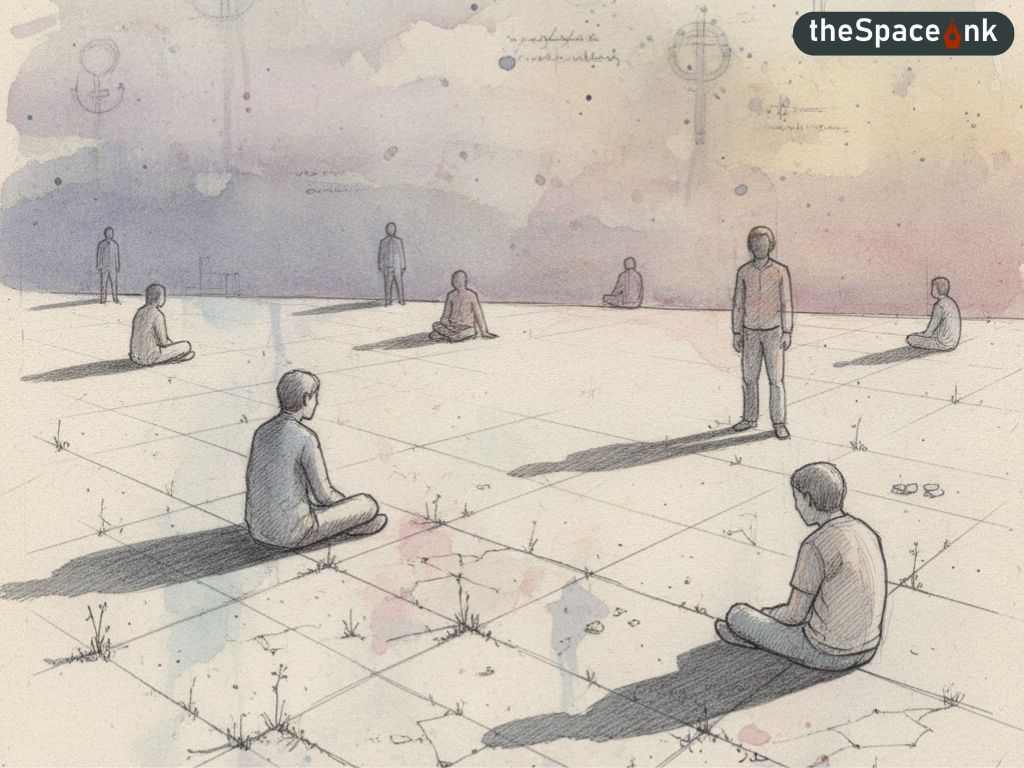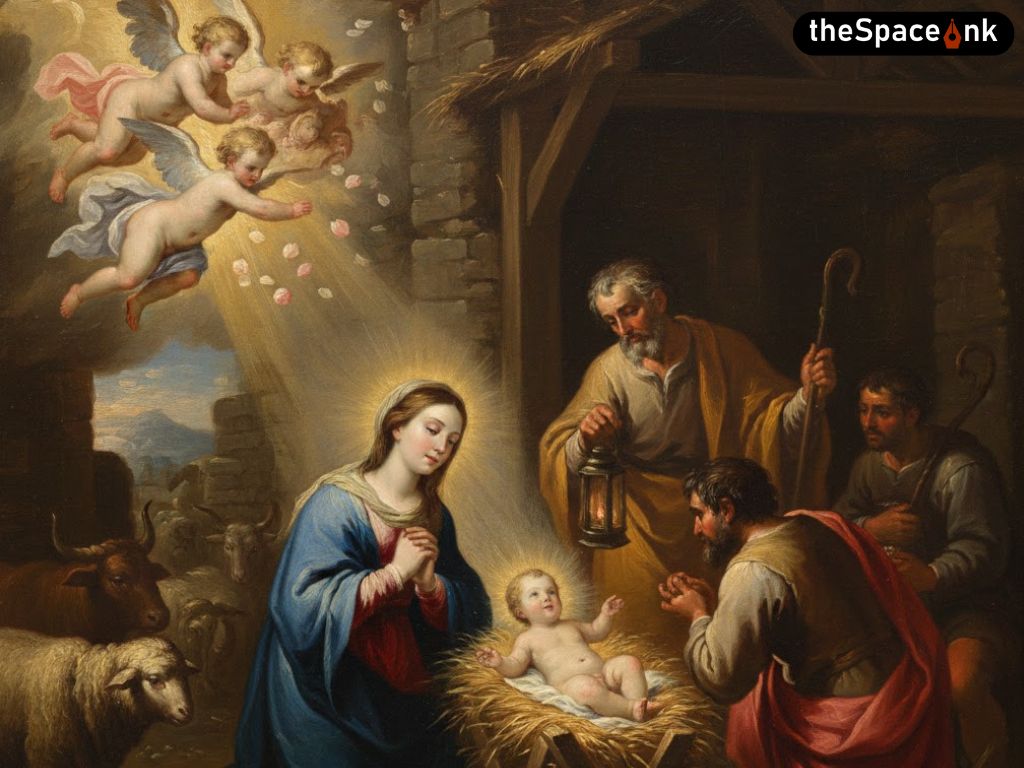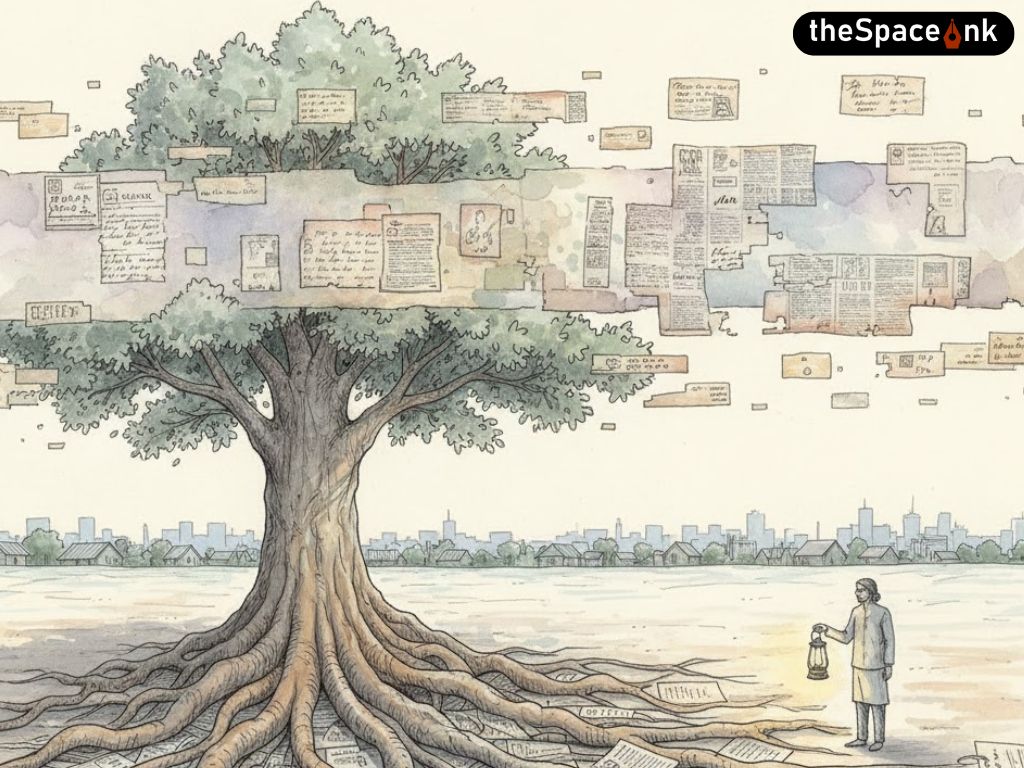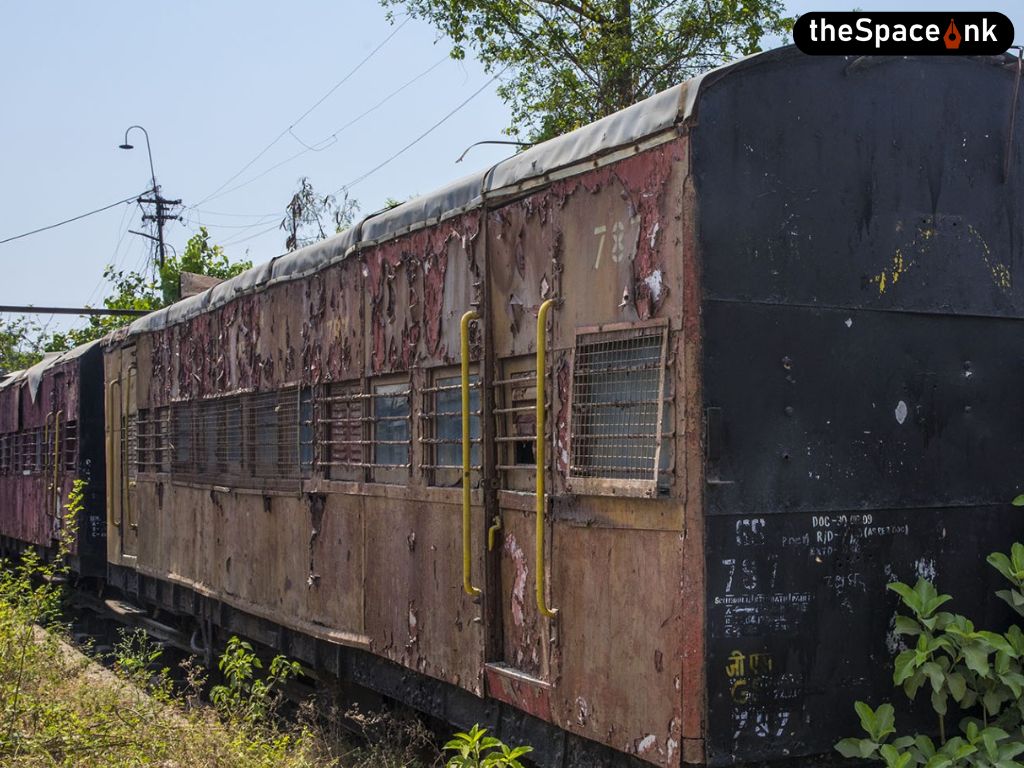Dear reader, do you have a home in Darjeeling? I mean, the town of Darjeeling?
Had I asked this question a century back, many of our bilingual readers would have replied in the affirmative. The response pattern would have been similar when the British left the Indian coast for good. Darjeeling was indeed a slice of Calcutta. Or Mymensingh, or Burdwan, or Gouripur for that matter. It offered a sanatorium-like weather all the year round and an opportunity to live the life of a European sahib. The breath-taking view of Kanchenjunga was of course there.
The rajahs and zamindars led from the front. This rosy phase was soon followed by a career in the tea plantations, the railways, the law, the medical services, the education sector, etc. Well-heeled and well-groomed Bengalis, irrespective of the Bangal-Ghoti divide, started erecting spacious residences on the slope of the Darjeeling hills, especially along the Jalapahar region. Not only in the Darjeeling municipality area; some had palatial summer houses in Kalimpong, some ran cinchona plantations in Mongpu. The Darjeeling Himalayan Railway headquarters at Kurseong saw an amalgam of railway staffers, with the Bengalis outnumbering the other communities.
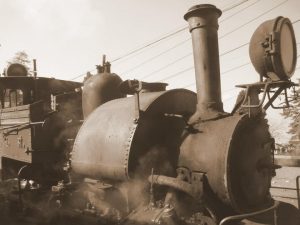
Some stayed back even after their retirement, got their children trained in some of the best British-styled public schools and led a leisurely life centred around a club, a Durga Puja, and a whole lot of community activities that the middle-class Bengalis enjoy.
The Municipal Elections of Darjeeling are round the corner. Let me share some statistics. A hundred years back, Darjeeling was home to ten thousand residents. The British and the Bengalis controlled every nook and cranny of the hills. Out of 18 wards, the Bengalis sent councillors from seven, a notch behind the British. The Hindi-speaking business community had only one representative. The others – the aboriginal Lepchas, the migrated Nepalis and Gorkhas – formed the large service sector, living in the margins, along the slopes. However, in the last few decades, the picture has transformed beyond recognition. The Bengalis now have a miniscule presence in a town teeming with Nepalis – more than a lakh to be specific. The lone Bengali councillor hardly has a role to play in a town that sways – periodically – between an allegiance to the state of West Bengal and a demand for a separate state.
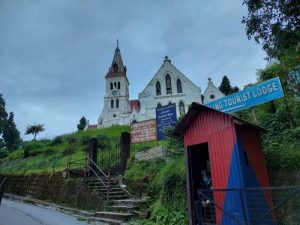
A visit to the hills during the peak tourist seasons would hardly reveal anything. The middle and lower-middle class Bengali tourists infested every square inch of available space this October, throwing the Covid-19 protocols out in the open. Hardly anyone cared to take a look at the arrangements at the two-storeyed Nripendra Narayan Bengali Hindu Hall.
The Bengalis of Darjeeling have their Durga Puja here. Although the number of participants has seen a steady decline in the recent decades, and only a few hundred assemble before the ekchala deity during the anjali rituals this Ashtami. This Puja completed 107 years this autumn. However, the weeklong festivity is all but gone. No drama at all. The immersion has turned a timid affair. Why? The answer my friend, is echoing in the hills. The 1980s Gorkhaland movement has changed it and forever. Fifty years back, there were more than 500 Bengali families residing permanently in Darjeeling, having cottages and bungalows of various types, not to mention the Burdwan Rajbari and other princely mansions. Now, the number has gone down to a dozen! Yes, a dozen!
If the partition and the abolition of the princely purse and zamindari system broke the backbone of the Bengali community in the Darjeeling hills, the Gorkhaland movement delivered a body blow. The Bengalis were targeted. Many Bengali houses were burnt down. Roadblocks were regular. Terror loomed large. The Basu-Ghishing treaty did not work for the Bengalis either. Very soon, the job opportunities dried up. The younger generation left the town in no time. Three and a half decades later, only a skeletal presence of Bengalis may be felt in Darjeeling; that, too, outside public life.
The ongoing Ghum Festival is the proof of the pudding. The Mall is turning into a fair every weekend. There are songs and dances and heritage walks. But no Bengali syllable could be heard anywhere. The handful of Bengali tourists may not find it different from other hill stations like Shimla or Ooty.
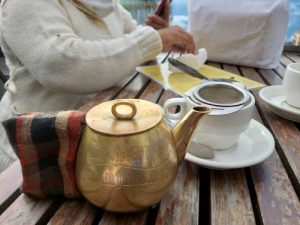
And things are not going to change. The West Bengal chief minister Mamata Banerjee managed to spend three days in the hills late this autumn; meeting the locals, and honing her legendary public relations skills over a cup of tea at the Kurseong roadside. She managed with her smattering of Hindi, for there were none to strike up a conversation in Bengali. There is no mention of West Bengal in any of the signboards of the Darjeeling hills either. ‘Gorkhaland’ – an aspirational geographical entity finds mention in all public places and documents now.
The answer my friend, is echoing in the hills. The Bengalis have vanished from all positions of power. Most hotels and businesses have been taken over by members of the Nepali community. The Bengalis have found other perhaps greener pastures to build their second homes in. .
Images courtesy: Anshuman Bhowmick and Pallavi Banerjee
Anshuman Bhowmick is a cultural commentator based in Calcutta aka Kolkata. Among many other things, he reviews theatre for a leading English daily and a prominent Bengali periodical and represents Bengali theatre in national and international forums. A widely travelled man equally at home in West Bengal and Bangladesh, Anshuman is curious about everything related to Bengal - past, present and future.




